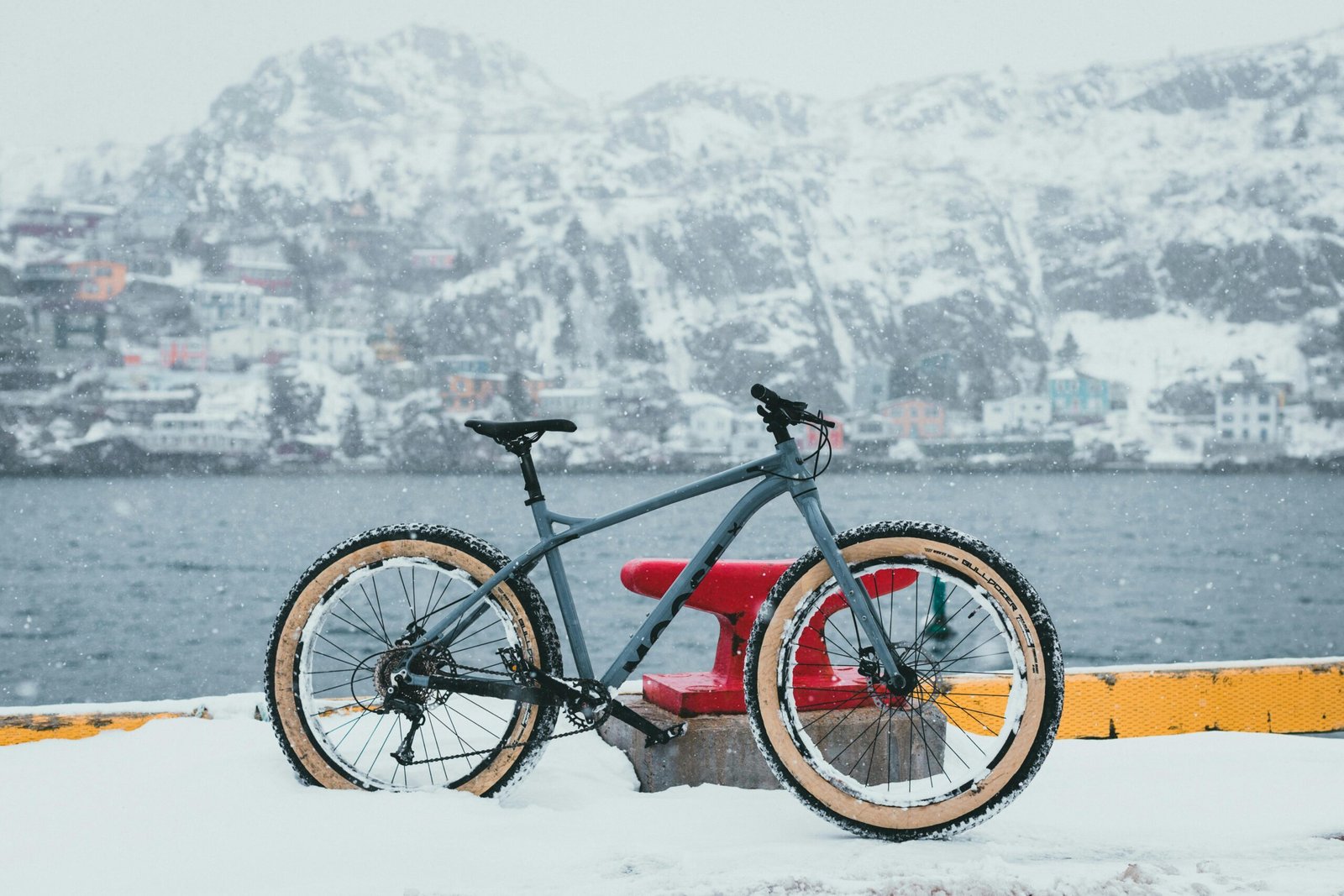The Pacific Northwest doesn’t stop for weather, and neither do its cyclists. While most riders store their bikes once the first storm hits, PNW locals know that with the right setup and mindset, riding through the dark season builds endurance and grit.
Here’s how to adapt your routine and keep the pedals spinning from fall into spring.
Gear That Keeps You Moving
The biggest barrier to winter riding is comfort. Layering correctly turns cold mornings into manageable adventures. Start with a moisture-wicking base, add insulation, and finish with a waterproof outer shell.
Cold-weather essentials:
- Thermal gloves and shoe covers
- Waterproof rain jacket and pants
- Wool socks and base layers
- Clear or yellow-tinted eyewear for low light
Pro tip: Avoid cotton entirely. Once it’s wet, it stays that way.
See and Be Seen
Visibility is critical when daylight disappears early. Invest in a high-lumen front light and at least two rear lights—one steady, one flashing. Add reflective tape to fenders, helmets, and bags.
For city riders, bright clothing and handlebar-mounted lights increase your visual footprint. Recharge everything after each ride so you’re never stuck in the dark.
Road Conditions and Tire Choices
Winter roads bring gravel, salt, and debris. A wider tire (32–38 mm) with puncture protection and lower pressure provides better grip and shock absorption.
If you commute daily, consider fenders and mudguards—they’ll save your drivetrain and your shoes. Gravel or all-road bikes handle rough winter surfaces better than skinny-tire road setups.
Quick Maintenance Routine for Wet Months
Frequent cleaning keeps your bike running smoothly despite the rain. After each ride:
- Rinse off grit using gentle water pressure.
- Dry the chain and frame with a soft towel.
- Apply wet-weather chain lube.
- Store your bike indoors if possible.
Local shops like River City Bicycles (Portland) and Gregg’s Cycle (Seattle) offer winter tune-ups and fender installations if you’d rather let a pro handle it.
Bring the Ride Indoors
Some days it’s simply too icy or dark to be safe outside. Use that time for structured training indoors. Smart trainers paired with virtual platforms such as Zwift, Rouvy, or TrainerRoad simulate climbs, group rides, and workouts that build endurance for spring.
Community Rides and Challenges
Winter doesn’t have to mean isolation. Join local or virtual ride challenges that keep motivation high:
| Event | Location | Month | Distance |
|---|---|---|---|
| Chilly Hilly Ride | Bainbridge Island, WA | February | 33 mi |
| Worst Day of the Year Ride | Portland, OR | February | 15–40 mi |
| Fat Bike Festival | Winthrop, WA | January | Varied |
These events celebrate perseverance and remind you that you’re not the only one pedaling through puddles.
Local Insight: How to Stay Motivated
Winter cycling rewards consistency more than speed. Create small goals: ride three days a week, explore a new route monthly, or commute by bike once per week. Pair each ride with a reward, hot coffee, new gear, or simply logging another soggy success.
You’ll discover that winter riding is less about weather and more about willpower.
End of the Season Tune-Up
As spring approaches, give your bike a full inspection: check brake pads, replace worn tires, and clean the drivetrain thoroughly. This quick overhaul ensures a seamless transition into dry-season adventures.
External sources:
REI Winter Cycling Tips
Park Tool Maintenance Guide



